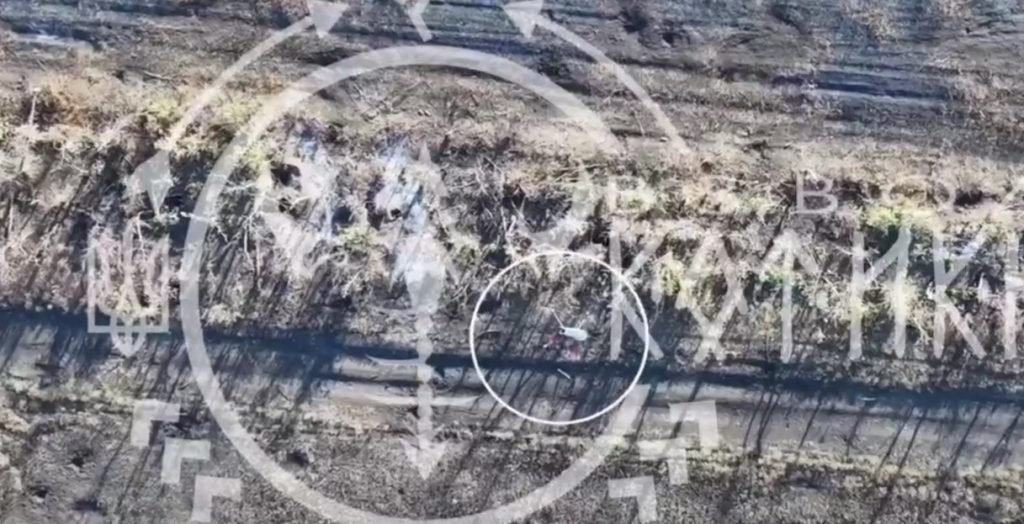The traditional anti-aircraft systems are often too expensive.
Others are reading now
Drones have become an essential tool on the Ukrainian battlefield, where both reconnaissance and combat missions are increasingly drone-driven.
Cost-Effective Solution
Among the key players in this drone warfare is the “Baba Yaga,” a heavily modified commercial drone repurposed for military use.
Capable of flying at altitudes of up to 3 km (1.86 miles) and covering a range of 20-30 km (12-18.6 miles), these drones can carry significant payloads — up to 30 kg (66 pounds) — including grenades and mortar rounds. They have become a cost-effective solution for combating enemy drones and supporting ground forces.
One of the significant challenges both sides face is the prevalence of enemy reconnaissance drones. These drones make any attempt to traverse open terrain highly risky, as they can call in artillery fire or direct swarms of FPV (First Person View) kamikaze drones to strike soldiers and vehicles, according to WP.
Also read
The traditional anti-aircraft systems, like the FIM-92 Stinger, are often too expensive and inefficient for taking down these smaller targets.
Engage Enemy Drones Directly
In response, Ukraine and Russia have adopted FPV drones to engage enemy drones directly. While effective, the use of kamikaze-style drones leads to the destruction of both the attacking drone and its target, creating supply chain issues as parts and replacements become scarce.
To address this, Ukrainian forces are developing reusable solutions, including dropping fragmentation grenades on opposing drones to disable them without losing their own assets.
Baba Yaga drones are a versatile addition to Ukraine’s drone arsenal. Not only can they strike targets on the ground, but they are also being used to amplify signals for FPV drones, helping them to function in areas where jamming is common.



